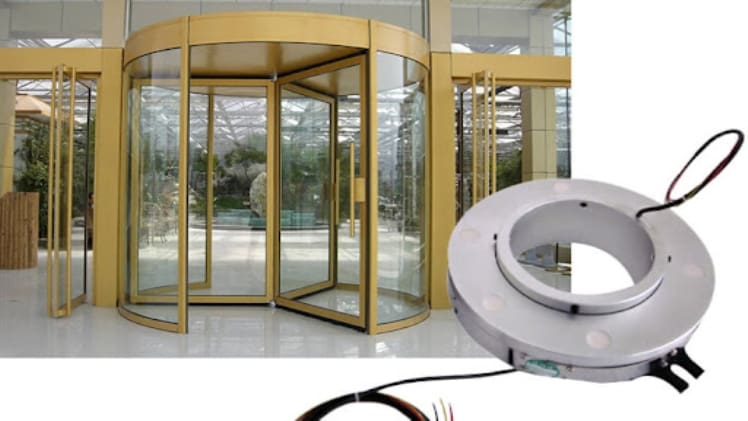Wind turbines stand as a testament to human ingenuity and the relentless pursuit of sustainable, clean energy. One component, however, often goes unnoticed despite its critical role in efficient operation – the slip ring. This article explores why slip rings are integral to the functioning of wind turbines, and also what could happen if they weren’t included.
Why do Wind Turbines Need Slip Rings for Their Operation?
To produce electrical power, wind turbines convert kinetic energy from wind to mechanical energy via the rotation of their blades. This rotation process generates an electric current set to flow through cables. As the turbine’s head moves to track and capture wind from multiple directions, the cables could become twisted, resulting in power loss or equipment damage. This is where slip rings come into the picture.
Slip rings, or rotary electrical connectors, enable transmission of power and data from a stationary part of the turbine to its rotating parts without any cable twisting, allowing for continuous, twist-free operation. By maintaining a stable electrical connection, slip rings support efficient and uninterrupted energy production.
What Can Go Wrong if Slip Rings are not Used?
The absence of slip rings can lead to several problems. The constant twisting caused by the rotation of the head can damage the cables, leading to power loss. Additionally, twisted cables may lead to equipment failure and even downtime, as the turbine might need to be stopped for repairs. Such interruptions can significantly impact the efficacy and profitability of wind energy generation.
Precactions in the Use of Slip Rings for Wind Turbines
While slip rings are highly beneficial, they also require regular maintenance to ensure optimal performance. It is crucial to:
- Regularly inspect slip rings for wear and tear.
- Frequently clean them to prevent contamination.
- Replace worn-out or damaged slip rings promptly to avoid disruption of turbine function.
Rigorous adherence to these precautions will maintain the efficiency and durability of the wind turbines.
Frequently Asked Questions
- What is the function of a slip ring in a wind turbine?
A slip ring in a wind turbine allows for the transmission of power and data from a stationary part of the turbine to its rotating parts, enabling continuous, twist-free operation. - Are slip rings necessary for all types of wind turbines?
Yes, slip rings are essential for both horizontal-axis and vertical-axis wind turbines to prevent cable twisting and power loss. - What can happen if a wind turbine operates without a slip ring?
Operating without a slip ring can lead to cable damage, power loss, and frequent interruptions due to the need for repairs. - How often should slip rings in wind turbines be inspected?
Although this can depend on the specific wind turbine and operating conditions, regular inspections every six months are generally recommended. - Can wind turbines function without a slip ring?
While operation is possible, it could lead to cable damage, power loss, and frequent interruptions, making slip rings highly recommended. - What are some preventive measures for slip ring damage in wind turbines?
Regular inspections to check for wear and tear, frequent cleaning to avoid contamination, and prompt replacement of worn-out or damaged slip rings can prevent damage. - What type of slip ring is suitable for my wind turbine?
The suitable type of slip ring depends on the specific requirements and design of your wind turbine. It could be capsule, pancake, Ethernet, or others. - Can I perform maintenance on my wind turbine’s slip ring myself?
It is advisable that professionals with specific training in wind turbine maintenance conduct slip ring inspections and repairs for safety and efficiency. - How do slip rings contribute to energy efficiency in wind turbines?
By preventing cable twisting and maintaining a stable electrical connection, slip rings contribute to efficient and uninterrupted energy production. - What can cause a slip ring to fail in a wind turbine?
Common causes of slip ring failure include wear and tear from constant use, contamination from dirt or dust, and mechanical stress from the wind turbine’s operation.
In closing, while they may not be the most conspicuous component, slip rings play an essential role in the successful operation of wind turbines’ mission of harnessing wind energy efficiently. As we continue to rely on and advance wind energy technologies, appreciating these details helps optimize and secure a sustainable energy future.

